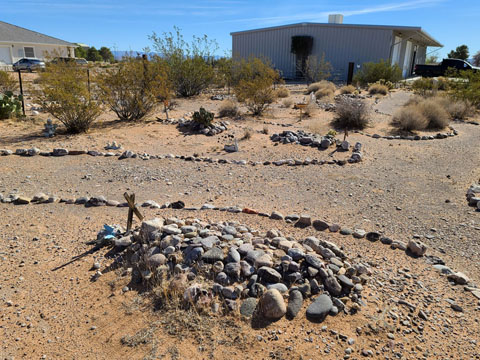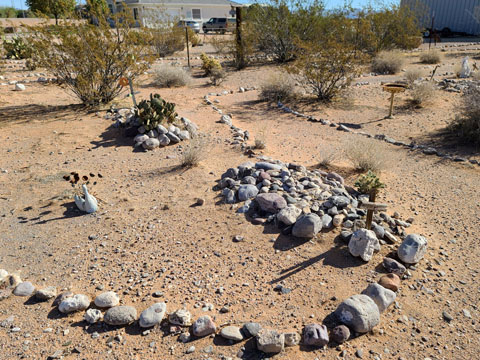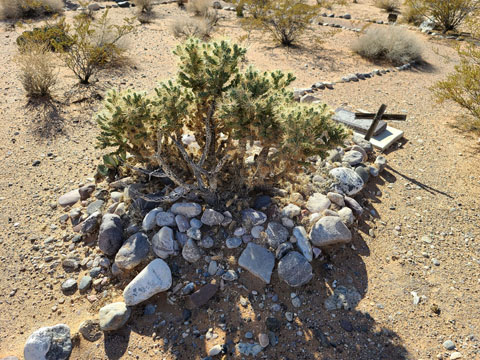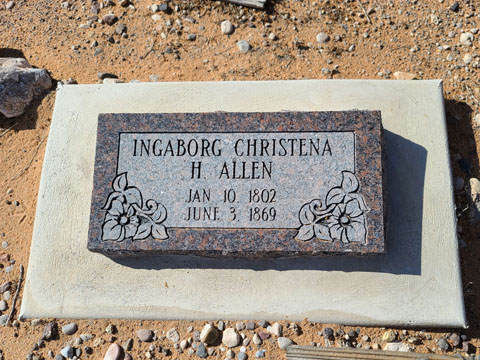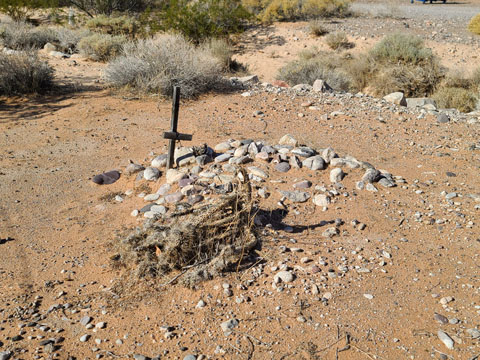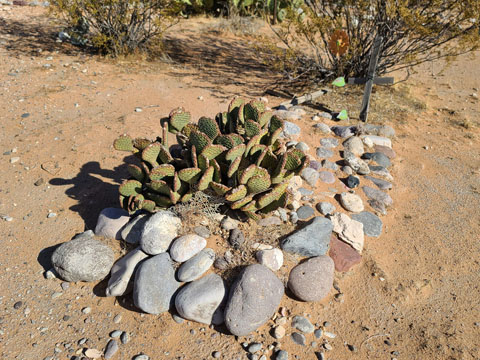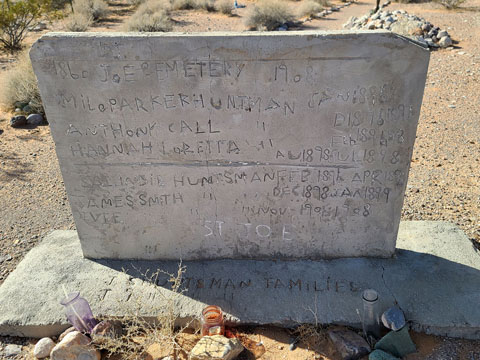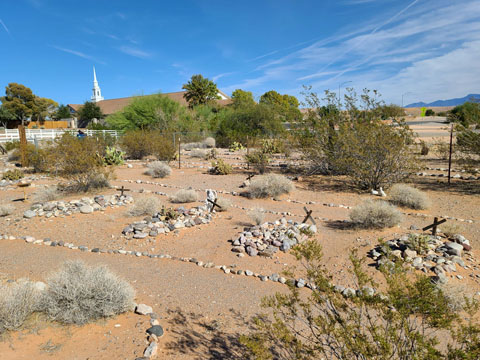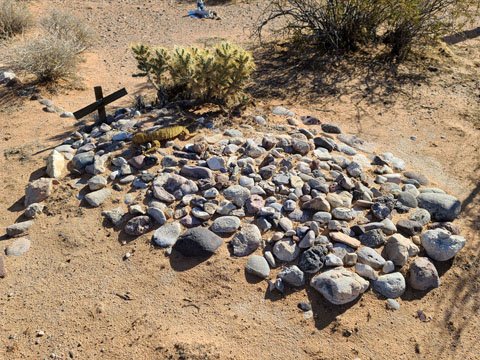Logandale
(St. Joseph)
St. Joseph was first established in May 1865 as a Mormon fort overlooking the Muddy River. A settlement developed thereafter, with adobe buildings and a large wooden gristmill (at what was called Simonsville or Mill Point). Unfortunately, in 1868 a fire set by young boys to roast potatoes got out of control and spread, destroying much of the community. Attempts were made to rebuilt, but met with failure, and by 1869 most of the town had relocated to a new St. Joseph site, a few miles northwest.
This new St. Joseph quickly grew to several hundred residents, and the Utah Territory created the new Rio Virgen County with St. Joseph as the county seat. A boundary survey, however, showed that the Muddy River Valley and St. Joseph were actually in Nevada, not the Utah Territory, and the Mormon settlers subsequently abandoned the valley in favor of returning to Utah.
Some years later, St. Joseph was resettled. Eventually it took the name Logan's Ranch, or Logan when the post office was reopened in 1895, named for prominent settler Robert Logan. A station so-named was established when the St. Thomas Branch of the San Pedro, Los Angeles and Salt Lake Railroad was built in 1912, and in 1917, the town formally became Logandale to avoid confusion with the city of Logan in Utah. In the century since, Logandale has remained a quiet agricultural hamlet. It, along with Overton to the south, is now part of the larger township of Moapa Valley, which has an overall population of over 6,000.
















